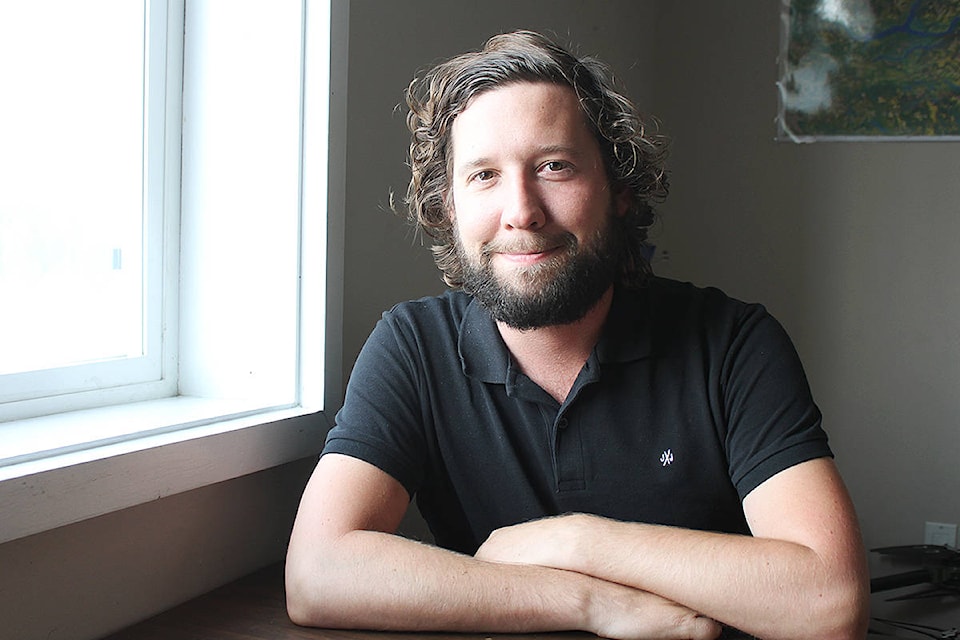Landon Sarver, part owner of Sarvair Aviation, spends days camped out in remote locations to keep firefighting helicopters fueled up.
“We basically go out as close as we’re allowed to get to a fire in an open area, and we bring an RV and we camp out and we become their fuel supply,” he said.
Sarver had just returned to the hanger, in 108 Mile Ranch, after a couple of days in the Horsefly Lake and Nazko areas and spared 10 minutes to talk to the Free Press before heading down to Kamloops.
“It’s a very important job out there because without fuel there’s no helicopters.”
RELATED: Air attack officer and air tanker pilot recall Elephant Hill and Gustafsen wildfires
He went on to say B.C. is mostly remote areas and it can be especially challenging for helicopters who are out all day bucketing to get the fuel they need.
He said helicopters take a long time to shut down and start up again and, “obviously, you can imagine, time is of the essence when you’re fighting a fire.”
That’s why most pilots they work with permit them to do what’s called a hot refuel, fueling up while the helicopter is still running.
“They’ll idle down and then they kind of give you an ‘Okay,’ you ground the helicopter, they give you the gas cap key, then you do the fuel and then usually they’ll rev up the engines to say, you know, they’re full enough,” he said. “And it’s that all day.”
RELATED: ‘Treed in perpetuity’: How to log without clearcutting
Hot refueling is a real time-saver when faced with a line of helicopters, waiting to for fuel.
While the job can be dangerous, Sarver said they haven’t had a single incident in the decade they’ve been hot refueling.
Aside from the obvious challenges, like working around running helicopters and making sure they always have the right amount of fuel, he said the job can actually be quite lonely.
“It’s lonely, yeah. It does your head in,” he said. “I was gone for like 46 days with no cell service, nobody around, you’re literally in a field by yourself…”
He said he was easily out in the field for 100 days during last summer’s wildfires.
When asked whether any fires have come too close for comfort, he immediately said no.
“The fire centre does a good job of making sure we’re safe.”
The amount of fuel a helicopter needs and how many times it will have to refuel, depends entirely on its size.
By Sarver’s estimation:
100 litres/hour for small helicopters
200 to 300 litres/hour for intermediate helicopters
300 to 500 litres/hour for medium helicopters
412 helicopters were burning about 1,400 litres every couple of hours
In the 4 hours it took Sarver to drive back from Nazko, he said his “replacement” had already gone through 10,000 litres of fuel for the big S-61 helicopters working on that fire
beth.audet@100milefreepress.net
Like us on Facebook and follow us on Twitter.
